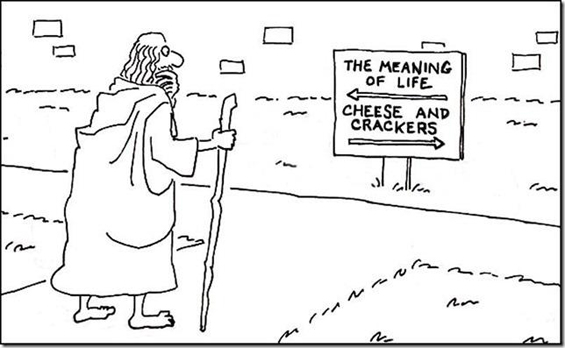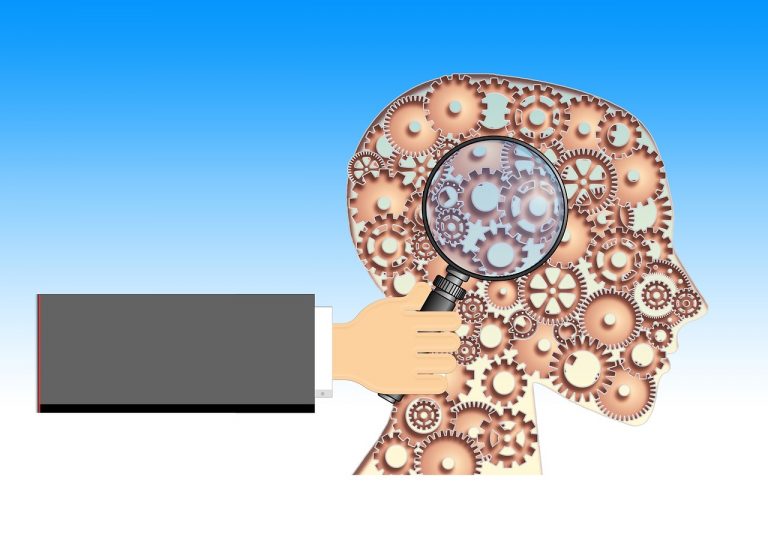The False Consensus Effect
The surest way to corrupt a youth is to instruct him to hold in higher esteem those who think alike than those who think differently. — Nietzsche
We have a serious tendency to overestimate how many people agree with us. Whether it is on behavioral choices, personal characteristics, or even preferences, like being a dog-person vs. a cat-person (or in other words, a person who likes loyalty and love vs. someone who likes feeding a thing that poops in a box), people tend to assume that a greater percentage of others agree with us than actually do.
Social psychologists call this the false consensus effect.
In 1977, three researchers gathered a bunch of Stanford undergraduates and asked them to imagine themselves in a number of situations. For example, one scenario had the participants imagining how they would respond to a traffic ticket: pay the fine outright or challenge it in court.
After deciding for themselves which option they would do, the participants then estimated the likelihood of other people’s choices. As it turned out, whichever option the participant selected, s/he estimated that others would make that same decision with a greater frequency than actually did.

For example, only 46% of participants chose to pay the fine outright, but they estimated that 72% of people would make the same choice.
In a follow-up study, the researchers asked participants questions like, “Are you shy or outgoing?” “Do you prefer French or Italian wines?” and “Do you get great satisfaction from your job?”
On over 35 different questions like these, participants who selected “response A” tended to estimate that a greater degree of others would also select “response A” compared to the participants who had selected “response B.” For example, those with dark eyes gave greater estimations for how many others had dark eyes compared to the estimations given by people with light eyes!
Furthermore, the greater the number of people a participant believed to agree with him/her on a behavioral response, the more the participant was likely to engage in that behavior. For example, researchers asked participants to walk around campus wearing a sandwich board that either read: “Eat at Joe’s” or “Repent.”
Regardless of what the sandwich board actually said, the more the participants estimated their peers would agree to do this for the researcher, the more likely the student him or herself would actually agree to do so, too.
Now, I’m sure you can think of times where a person would estimate that less people would agree with their position, such as if you had hard evidence proving so, or maybe you wanted to come off as “unique.” But for the most part, the false consensus effect lingers in the background for all of our preferences, choices, and even personal traits.
So the next time your justification to do something is, “Well, I’m sure everybody else is probably doing it,” try recalling the false consensus effect to decide whether or not your reasoning is sound.
Unless it comes to this blog, in which case you can rightly assume that everyone would enjoy reading it.
Of the Consensus,
jdt
Ross, L., Greene, D., & House, P. (1977), The “false consensus effect”: An egocentric bias in social perception and attribution processes. Journal of Experimental Social Psychology. (13)








I had always assumed everyone was reading this blog. When investing, Warren Buffet says to be fearful when everyone else is confident and be confident when everyone else is greedy. He purposefully trains himself to do the opposite of what everyone else is doing, and it is the foundation of his success. It shows how hard it is to break free from herd thinking.
That’s a great point! In fact, a lot of what this blog intends to do is highlight some of these “herd-thinking” traps and other cognitive biases we fall into, so people CAN break free and do something different. (And then, when they’re billionaires like Buffet, give me a little stipend for showing them the light.)